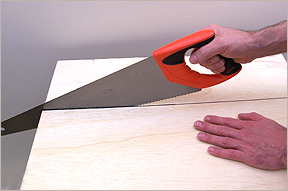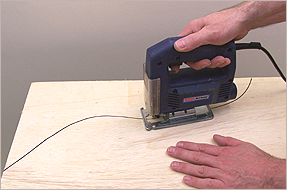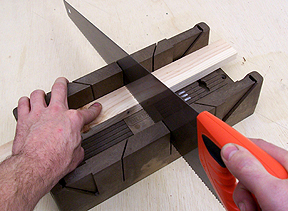 |
 |
Home
Tools
Drilling and Fixing
Putting Things Up
Repairs/Maintenance
Plumbing
Electrics
Woodwork
Decorating a Room
Tiling
Safety & Security
Saving Energy
House and Finance
Health&Safety
Disclaimer
Contact
Advertising
Useful Links
Site Map
| Sawing wood | ||||||||
For most small DIY jobs I find a 20 inch general purpose hand saw perfectly satisfactory. But make sure it's sharp. And, look after it. If you saw through a nail with it you'll ruin the sharpness> |
||||||||
 |
||||||||
For cutting multiple lengths from sheet timber I tend to get all of this done by my timber supplier. Most good suppliers offer this service now (some do it free of charge). They have huge saws which cut lovely straight square pieces from large sheet timber (like MDF) |
||||||||
When sawing lengths of timber to size with a hand saw sometimes it's difficult to get nice square edges or accurate angles. A mitre block can be a great help with both. |
|
|||||||
 |
||||||||
To cut curved shapes from sheet timber use a jigsaw. |
||||||||
